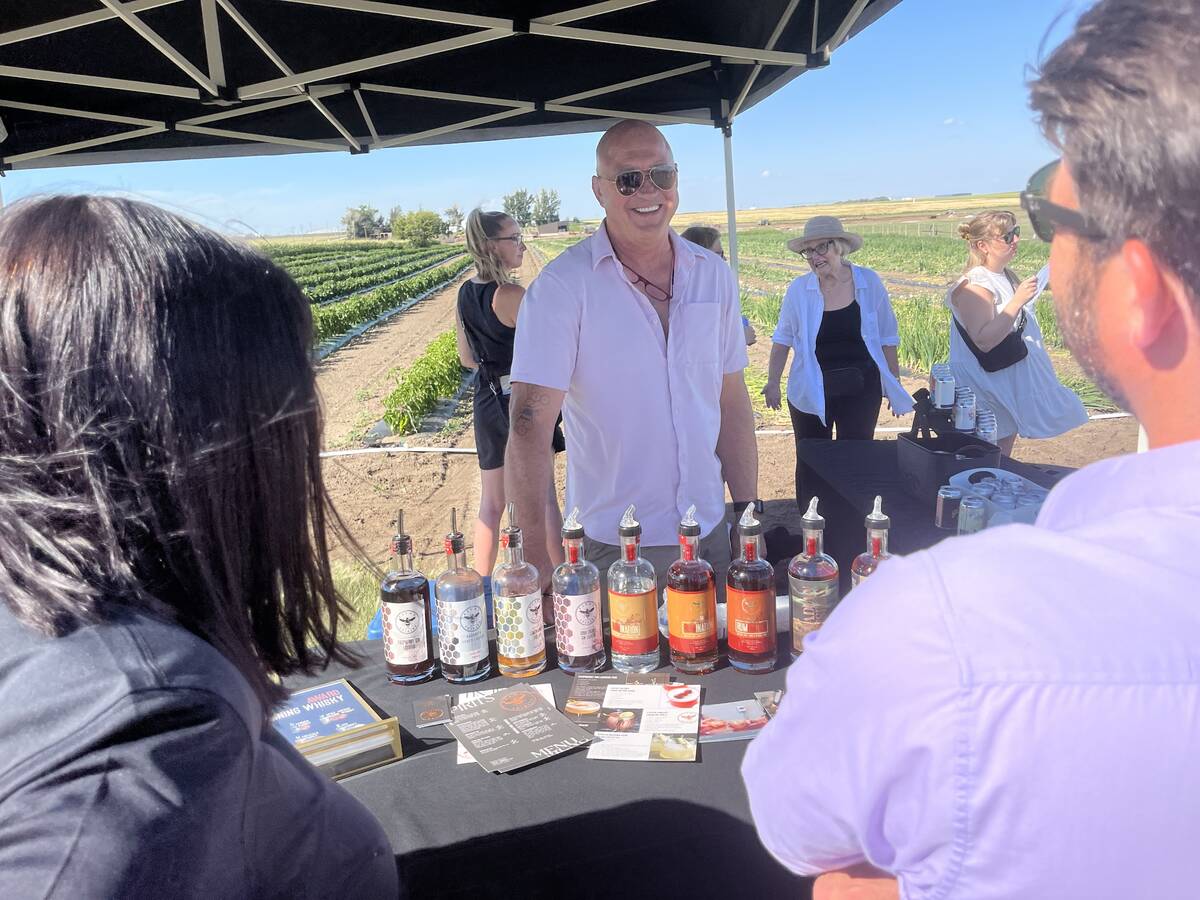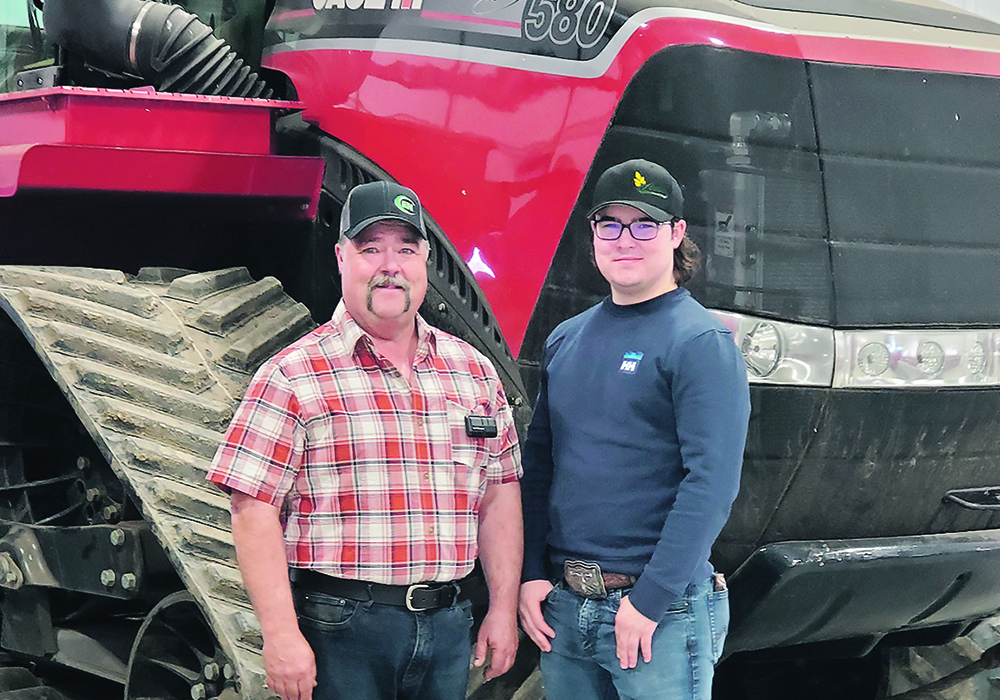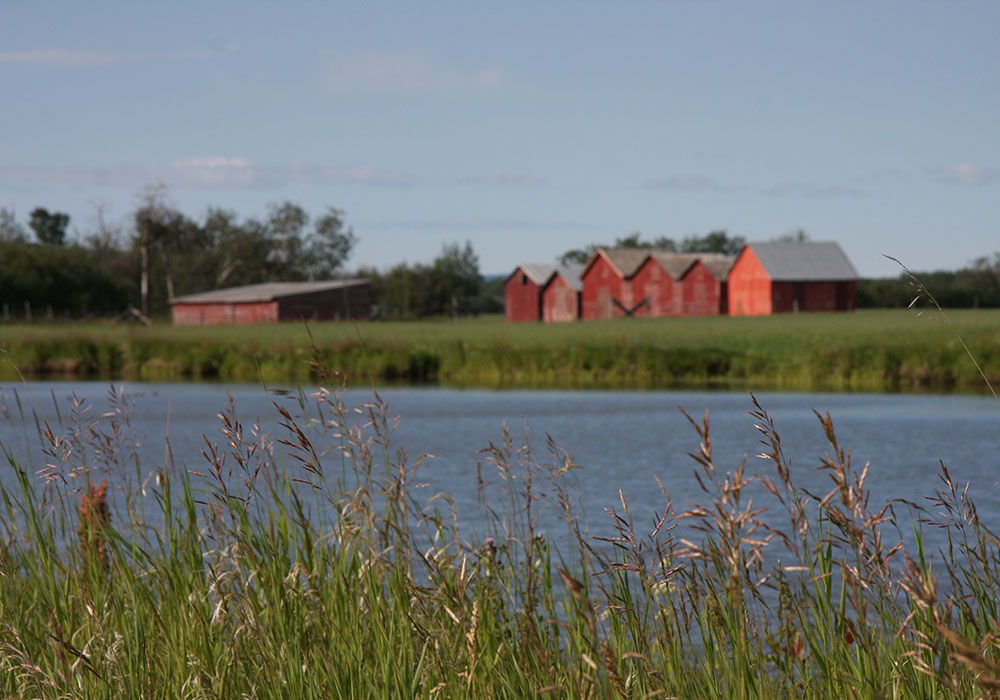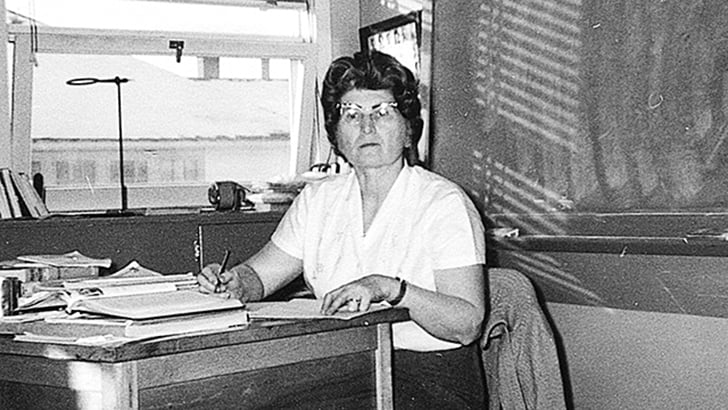Food production, waste | Delegates developed strategies to improve production and distribution
Young people from around the world were recently asked to solve the biggest question of the century: how to feed nine billion people in less than 40 years time.
The 118 delegates to the 4-H Youth Ag-Summit in Calgary met Aug. 19-25 to talk about what needs to be done by 2050.
Most of them had an agricultural background, so they could understand what is needed to produce and distribute the amount of food the next generation will require.
“They will be the future and they will be living with it,” said Derrick Rodzeba of Bayer Crop Science, a major sponsor of the event along with the Canadian 4-H Council.
Read Also

From farmer to award-winning distiller
Pivot Spirits showcases transition from farmer to distiller with provincial award-winning results in Alberta for Lars Hirch
“They are building a network with others who have the same desire to solve this problem.”
About 500 applicants aged 18 to 25 submitted 2,000 word essays or videos on their ideas. Sixty Canadians were chosen with about half being 4-H members. Twenty countries were represented.
A seven member board was elected at the end of the conference with four mentors to keep the momentum going.
The group was divided into eight teams, which were assigned to present a strategy to help the world’s hungry. The result was many accents speaking in one voice calling for more education and collaboration of non-government organizations, charities, governments and corporations to lead and fund projects.
They favoured using social media to get the message out about conservation, improved food production and distribution.
The conference ended with the delegates voting on the best strategy, and the winner was an argument to take steps to ensure women are fed properly.
Women in the developing world are usually the farmers and gatherers of food. Their children are cared for and have a better chance of survival when they are well nourished.
For Jasmine Kaur of northern India, the oppression of women in developing countries is a real problem. Women are typically the farmers and are responsible for feeding children. Many are not allowed to own land.
If women are hungry, they cannot feed their children and the problem continues.
“They have to feed their husbands and not themselves,” said Kaur who is completing her master’s degree in science at McGill University.
“Not many people have that understanding.”
For Yimale Jalasi-Kumwenda of Zambia, hunger among women and children is something she has witnessed all of her life.
“Forty-five percent of the children born in Zambia are stunted because of malnutrition,” she said.
“As a mother, you have to feed your children and what is left over is for you and you don’t have the energy the next day to do what you need to do.”
The third year agriculture economics student said she has also witnessed food waste. Her team created a campaign to address the waste that occurs throughout the world.
North Americans waste up to 40 percent of their food with much of it lost to spoilage from the farm to the refrigerator.
A well fed, pampered nation may find it difficult to understand what it is like to live in a society where three meals a day are unknown.
Improved infrastructure and storage facilities in Zambia could protect the harvest and get food to those who need it most.
During her university practicum, she travelled to rural areas where there were incredible losses.
“I saw it with my own eyes,” she said.
She described a situation where the government had bought corn to distribute among the hungry. It was stored in bags and left in tents and no one ever came to get it from a central collection depot.
Rain and insect infestations spoiled it, so rather than giving it to people, it became livestock feed.
“That wasn’t even good for the animals,” she said.
“The government paid the farmers, but the maize was never collected, which is ironic in a country where people are going hungry and the government wouldn’t collect it. Why should that be happening when there are hungry people? Before tackling the production, we should be tackling distribution more and handling what we already have.”
Kaur and Jalasi-Kumwenda said the solutions involve common sense, but people need to see the extent of the problem before change can happen.
“It is hard to make people wake up,” Kaur said.















